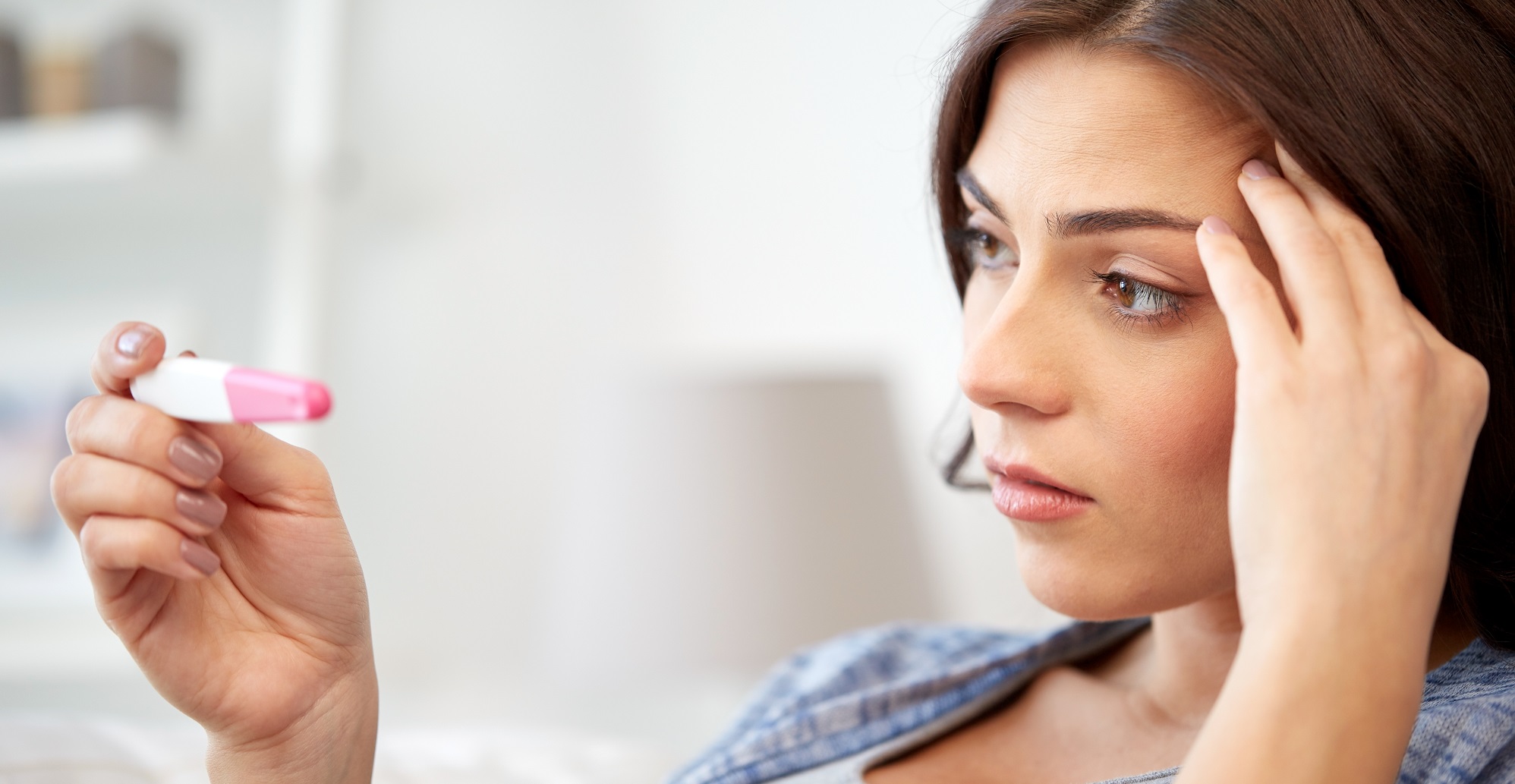It’s that time of the month for the ladies, and gosh it’s not pleasant at all.
While many women may be experiencing what’s called a mild premenstrual syndrome (PMS) right before their monthly period, some women can suffer from debilitating symptoms known as the premenstrual dysphoric disorder (PMDD).
PMDD is more than just PMS
Photo by Anh Nguyen on Unsplash
PMDD is not the same as PMS – The American Psychiatric Association (APA) defines PMDD as a more severe form of PMS. The core symptoms associated with PMDD include:
-
Mood swings, which can be manifested as:
-
Irritability
-
Anxiety/tension
-
Sad or depressed mood
-
increased appetite/food cravings
-
Sensitivity to rejection, and
-
Diminished interest in activities
-
Feelings of overwhelmed
-
-
Abdominal bloating
-
Extreme fatigue/tiredness
-
Breast tenderness/pain
-
Headaches
-
Hot flashes, especially among women who are neither postpartum nor about to enter menopause. These flushes also occur cyclically before monthly period lly and have been shown to be similar to hot flashes experienced by women in their menopause.
-
Difficulty in sleeping
-
Body swelling or weight gain
-
Muscle ache
PMDD should not be taken lightly and women who suffered from it should receive appropriate treatment. Studies have shown that PMDD can significantly reduce a woman’s quality of life, lead to decrease in work productivity, causing work absenteeism and even increase in visits to hospitals. Some work even suggested that women with PMDD, especially those with more severe symptoms, have higher risk of suicidal ideation and attempts.
Causes of PMDD
Scientists hypothesized that PMDD is mainly triggered by sensitivity towards changes in hormone levels. Nonetheless, the exact causes of PMDD is unknown and researchers are still learning about it.
Is it just all about hormones?
Some psychologists fear that language surrounding PMDD may be misleading and may be abused by a sexist society that wants to believe women ‘go crazy’ once a month. While many emotional displays are considered normal among men, they’re seen as mental disorders such as PMDD among the women. Nobody would ever say a man who is irritable is ‘undergoing hormonal changes’, but the same would often be said about a woman who displayed irritability.
Women who display symptoms of PMDD should also be examined through other lenses such as domestic abuse and workplace/household burnout. On top of that, PMDD should be differentiated from a wide range of other medical conditions that may also bring about similar symptoms, such as:
-
Mood and anxiety disorders
-
Menopausal transition
-
Thyroid disorders
-
Substance abuse
-
Migraine
-
Chronic fatigue syndrome
-
Irritable bowel syndrome
How is PMDD treated?
PMDD is a serious, long-term condition that does need treatment. Several of the following treatment approaches may help relieve or decrease the severity of PMDD symptoms:
-
Changes in diet to increase protein and carbohydrates and decrease sugar, salt, caffeine, and alcohol.
-
Regular exercise — It can help to reduce stress, tension, anxiety and depression, as well as the physical symptoms that come with PMDD.
-
Stress management — There are many approaches to manage your stress, including practising mindfulness, delegating your job better, building meaningful connections or seeing a therapist.
-
Vitamin supplements (such as vitamin B6, calcium, and magnesium) — It’s recommended that one do not take more than 200mg of vitamin B6 to prevent risk of developing peripheral neuropathy (can be manifested as tingling sensation in fingers). One should also keep the intake of calcium at 1200mg per day.
-
Selective serotonin reuptake inhibitors (SSRIs) — SSRIs are a group of medications commonly used in the treatment of depression and mood changes, such as in PMDD. Examples of SSRIs are sertraline, fluoxetine, citalopram and escitalopram. These medical treatments can only be started by a medical professional and can only be purchased via a doctor’s prescription in Malaysia.
-
Birth control pills — For women with PMDD who are also interested in birth control, combined estrogen-progestin contraception pills, especially containing drospirenone, can be given to relieve symptoms of PMDD.
For some women, the severity of symptoms increases over time and lasts until menopause. For this reason, a woman may need treatment for an extended time. Medicine dosage may change throughout the course of treatment.
It’s okay to not be okay. Seek professional help if you think you have PMDD.
A word from Doc2Us
If you have any questions related to PMDD, you can consult our professional doctors and healthcare professionals on Doc2Us. Doc2Us is a mobile application that allows you to talk to a doctor or any healthcare professionals via text chat at any time and from anywhere. For better communication, you can even send our online doctor images or voice messages related to your medical inquiry.
Download Doc2Us app on Apple App Store, Google Play Store and Huawei App Gallery; or use our web chat at https://web.doc2us.com/
Note: Doc2Us is not for medical emergencies. In the event of urgent medical conditions, please call 999.
Disclaimer: As a service to our users and general public, Doc2Us provides health education contents. Please note the date of last review or update on all articles. No content on this site, regardless of date, should ever be used as a substitute for direct medical advice from your doctor or other qualified clinician.
References
-
UpToDate - Patient education: Premenstrual syndrome (PMS) and premenstrual dysphoric disorder (PMDD) (Beyond the Basics)v
-
UpToDate - Clinical manifestations and diagnosis of premenstrual syndrome and premenstrual dysphoric disorder
-
UpToDate - Treatment of premenstrual syndrome and premenstrual dysphoric disorder
Cover image credit: Photo by Anh Nguyen on Unsplash








